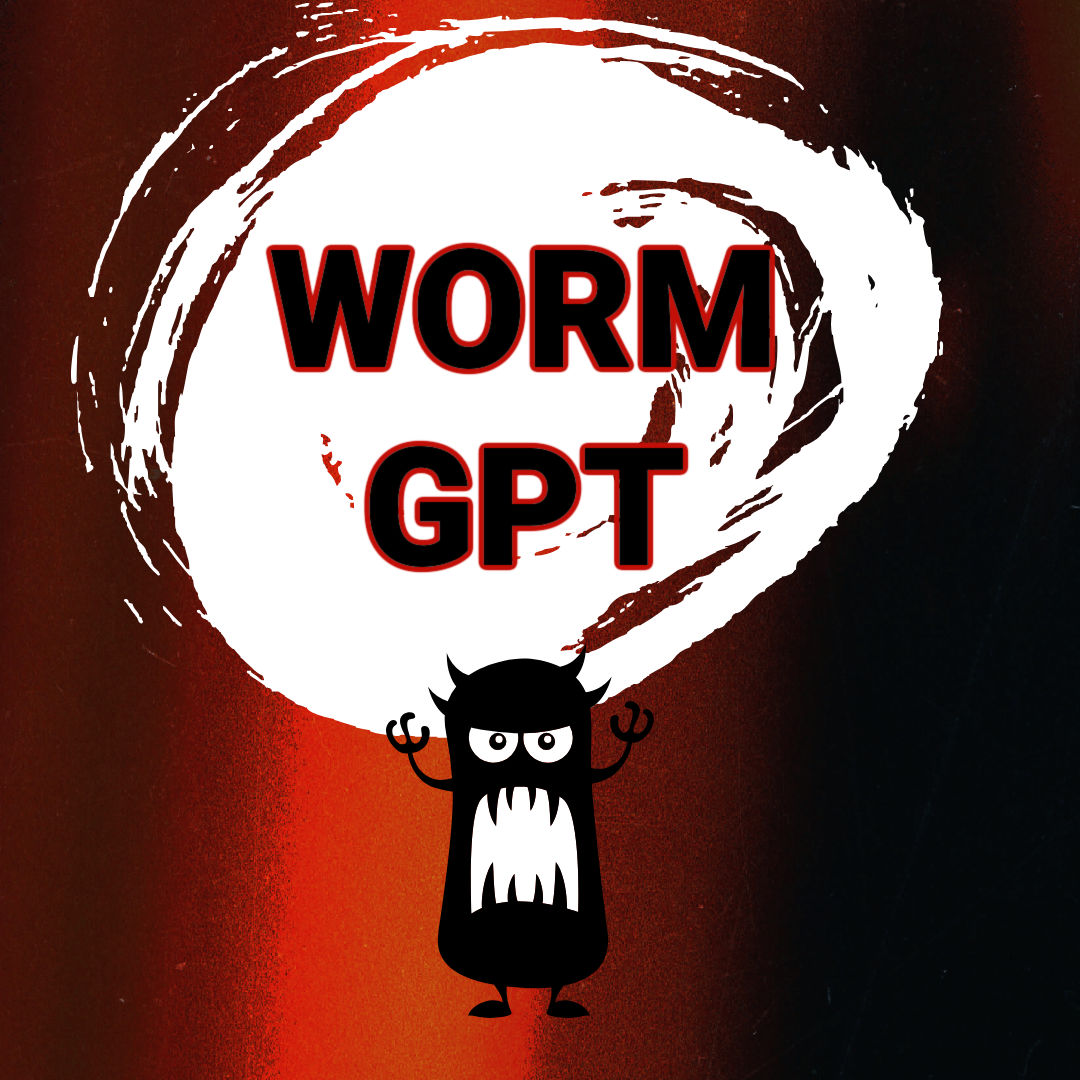In recent discussions around cybersecurity, WormGPT has emerged as a topic of significant interest and concern. Described as a new wave of AI-driven threat, WormGPT is often surrounded by hype, but understanding its true capabilities and implications is crucial for developing effective defense strategies. This blog delves into the realities of WormGPT, its potential impact, and what organizations need to know to stay ahead of this evolving threat.
What is WormGPT?
WormGPT is a sophisticated AI model designed to assist in creating and executing cyberattacks. Unlike standard AI tools used for benign purposes, WormGPT is engineered with features that make it particularly dangerous in the context of cyber threats. It combines advanced natural language processing (NLP) capabilities with malicious intent, enabling it to generate highly convincing phishing content, social engineering attacks, and other cyber threats.
Key Features and Capabilities
WormGPT’s design includes several features that enhance its effectiveness as a tool for cybercriminals:
- Advanced Text Generation: Leveraging advanced NLP techniques, WormGPT can produce text that mimics human writing with high accuracy. This makes phishing emails and scam messages more believable and harder to detect.
- Customizable Attacks: The model can be tailored to generate content that is specific to targeted individuals or organizations, increasing the likelihood of successful attacks.
- Automation of Attacks: WormGPT can automate various aspects of cyberattacks, allowing for large-scale phishing campaigns and other malicious activities without extensive manual intervention.
Real-World Implications
The real-world implications of WormGPT are significant. Its capabilities mean that cybercriminals can execute more sophisticated and widespread attacks, increasing the potential for data breaches and financial losses. Here are some of the key concerns:
- Increased Phishing Success Rates: The ability to generate highly convincing phishing emails can lead to a higher success rate in capturing sensitive information from unsuspecting individuals.
- Enhanced Social Engineering: WormGPT’s ability to craft persuasive messages can facilitate various forms of social engineering, including impersonation and manipulation schemes.
- Scalability of Attacks: By automating attack processes, WormGPT allows cybercriminals to scale their operations, targeting a larger number of victims more efficiently.
Mitigation Strategies
To defend against threats posed by WormGPT, organizations should consider the following strategies:
- Strengthen Security Awareness Training: Educate employees about recognizing phishing attempts and other social engineering tactics. Regular training can help reduce the effectiveness of these attacks.
- Implement Advanced Email Filtering: Utilize advanced email security solutions that incorporate AI and machine learning to detect and block phishing emails and malicious content.
- Enhance Incident Response Plans: Develop and regularly update incident response plans to ensure quick and effective actions in the event of a cyberattack.
Conclusion
While WormGPT represents a significant advancement in AI-driven cyber threats, understanding its true capabilities and potential impact is essential for developing effective defense mechanisms. By staying informed about the latest developments in cybersecurity and implementing robust security measures, organizations can better protect themselves against the evolving threats posed by sophisticated AI tools like WormGPT.


Leave a Reply